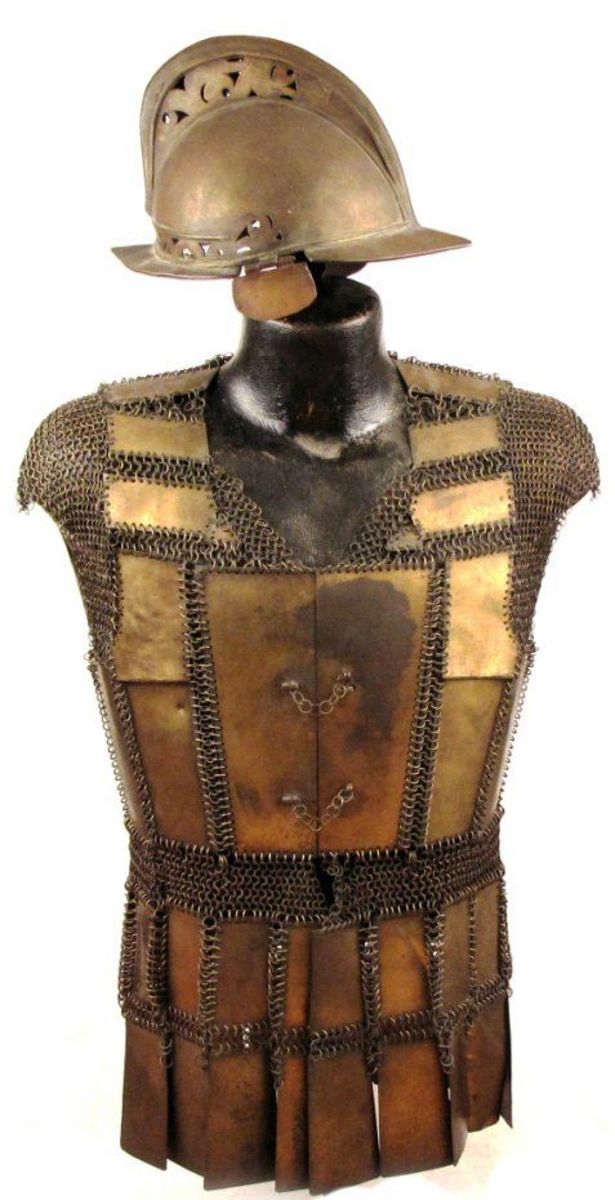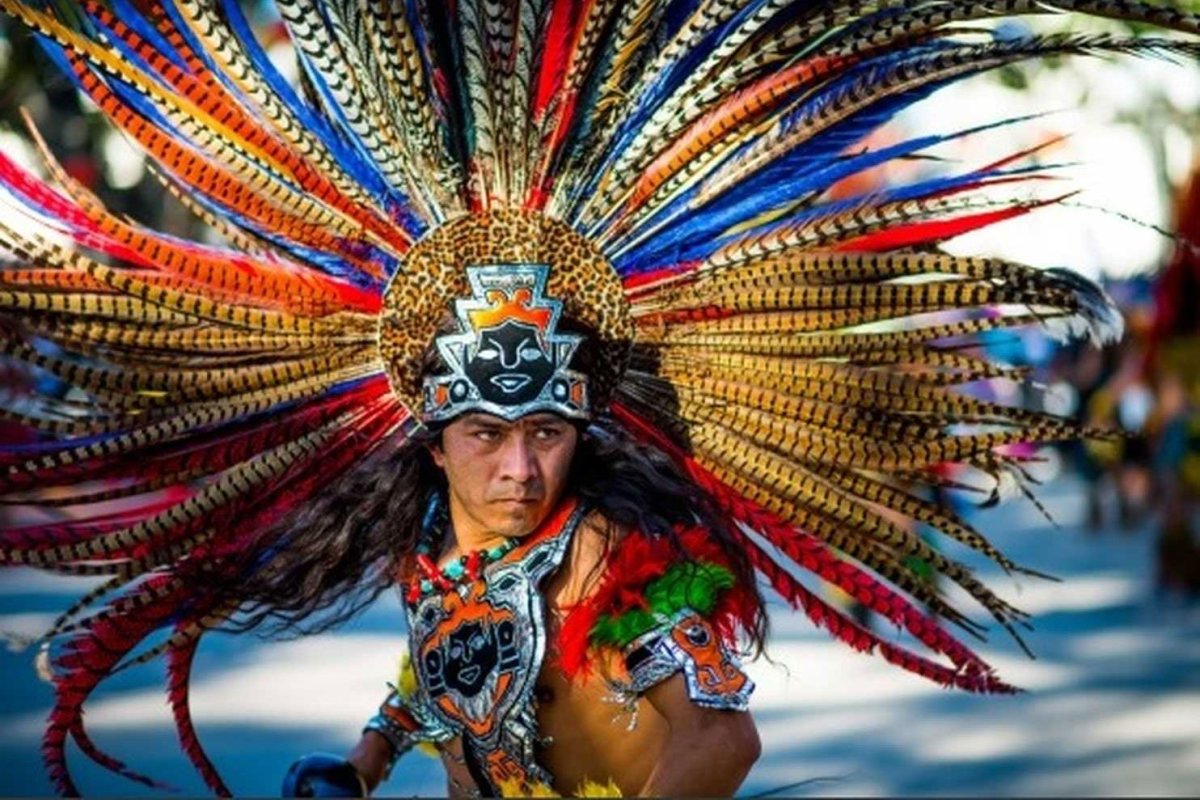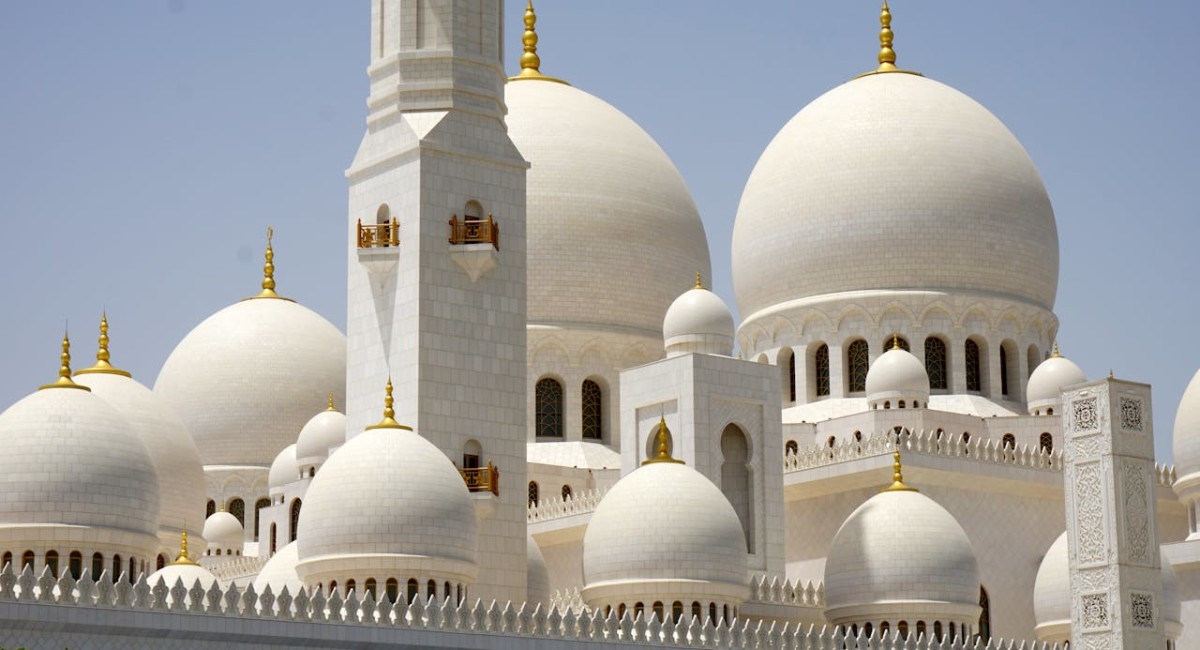Culture, Religion, Conflict and Solution
Points to Ponder Upon
Why Arabs hate the Jews?
The hatred between the Arabs and the Jews could be gleaned from the pages of the Holy Bible. It was basically out of the love of a mother and the pride of the other. It was the rivalry between Sarah and Hagar. Sarah loved her son Isaac that she would like Isaac to be leader once Abraham died on the one hand. On the other, Hagar had the pride of having given Abraham his first born son. In the Middle East traditions, particularly among the Jews, the first born son has the birthright. Birthright assured the son that if his father is incapacitated he would take the leadership of the clan. However, since Ishmael the son of Hagar was a mestizo because Hagar was an Egyptian, Sarah did what she could do to drive away Hagar and son from their household to assure Isaac the leadership someday. Though their tradition states that birthright is for the first born male sibling, it was assumed that such leadership belongs to the son belonging from the same tribe, as in the case of mestizos Maranaos who could not hold a legitimate position of Sultan.
Why did the Moros have to depopulate towns they ravaged during their attacks?
During the so-called Moro Wars, popularly called as piratical wars or “guerras piraticas” in Spanish, it was noted by scholars in history that a number of towns were erased from the map because of depopulation. While those who were able to escape the onslaught of Moro raiders did not return to their “pueblos” or towns because they have nothing to return to in the first place, they did not return also because of fear that the same thing would befall them if the Moro raiders would come again. Of course this condition developed hatred within the hearts of the victims making the term Moro a derogatory one. Nevertheless, if we have to consider the strategic side of depopulating a place and bringing the captives down to Mindanao, we would realize that what the Moros did was a basic military strategy.
It must be noted that the Spaniards used the Indios as part of their army and navy, and to depopulate a place that was a source of their armed forces was sound strategy aside from the fact that the Spaniards lost also their source of food supplies and finances. It might be painful for the victims but in the military side what the Moros did suggest that they have a strategy of their own. Bringing the captives down to Mindanao and even asked ransom for some of them, not only added to their treasury but also as aids on their way back home. Male captives were used as rowers while the women were used as cooks and pleasure giver. For those that could not be controlled were further sold in Batavia presently Jakarta, Indonesia while women were made part of the Harem of the rich. Once their usefulness is over, they were sold to another bidder as household help or as slaves.
Why did the Moros attack the Indios and not the Spaniards?
The Moros attacked the Indios and not the Spaniards in order to cripple the economy and to hinder them form utilizing the Indios against them. Indio conscripts were the front liners in their punitive actions against the Moros. Since it would take time to train replacements, to capture them would slow down the Spaniards. The Indio houses too were located at the outskirts of the pueblos making them the first to receive the fury of the raiders before reaching the Spaniards whose houses were at the central district of the pueblos. The only way to reach the Spanish areas, the Moros had to first destroy the first line of defense – the Indios. The Spaniards were the first to be allowed inside the churches. Churches were utilized during Moro raids as the last ground of defense that is why churches were constructed of bricks and stone.
Why did the Spaniards fail to subjugate the Moros?
Historians agree that the basic reason for the failure of the Spaniards to subjugate the Moros was basically religious. They said that it is difficult to convert Muslims to Christianity. They argue that the Americans were able to partially subjugate them because of non-interference of Americans in religious matters. But there are other reasons that led to that failure. One is culture. The Spaniards would like to impose their culture among the Indios and the Moros did not like what happened to the people who were once their allies. The racial discrimination the Indios suffered made the Moros more intense in defending their freedom aside from religious freedom.
I am of the opinion that the Moros were conquerors also and it is hard to conquer a conqueror. It is better to die than to be conquered. It must be noted that the Maranaos for example appeared to have descended from Indonesians as could be gleaned from the names of their places, i.e., Mantapuli which is mentioned in their folktale entitled Darangan. Mantapuli is a place in Borneo in Indonesia. The town called Tugaya was derived from the tree tugaya that were abundant then in the area that Indarapatra called the place Tugaya because the same trees were also abundant from the place in Indonesia where he came from. There are more examples like these in their oral traditions, but the point that I am trying to bring is that, the Maranaos seem to be conquerors also because they were not then indigenous in what is Lake Lanao area at present. Though the term Iranun and Maranao may seem to suggest the place of origin that is Lake Lanao, culturally or perhaps even racially, these two Moro tribes differ from one another.
In the case of the Maguindanao, they claim their ancestry from Sarip Kabungsuwan who came from Johore Malaysia, presently where Kuala Lumpur is a part. Ilanun appeared to be the indigenous people they conquered. By the way, the Ilanun and the Iranun appeared different by virtue of the place of origin. While the terms meant “people of the lake,” the Iranun claims that his place of origin is Lake Lanao area and the lake from where the Ilanun originated is the Liguasan Marsh that was also considered as a lake during those days. The Tausogs on the other hand originated from Java because as history has it, the original occupants of the Sulu archipelago were the Buranuns which through time were gone from the face of Sulu. They were either massacred during the campaigns of Rajah Baguinda and Sarip Abubakar simply because they did not adhere to Islam.
In other words the three main Moro groups were conquerors also in the earlier times, thus, explains why it is difficult to conquer them. Another unseen proof that they might come from the aforementioned places was the similarity of personal laws called Adat with that of Indonesia and Malaysia and actually, the basis of the Muslim Adat or Personal Laws in the Philippines as approved during the Martial Law regime were patterned to that of Indonesia and Malaysia.
Further, if we have to consider the Military side of the failure of the Spaniards we will find out that aside from the fact that they were unfamiliar of Mindanao, the style of their military strategy did not meet the need of the situation. Europeans are familiar with Cotta Warfare or what is called as conventional warfare also known as positional warfare. So when the Spaniards made a conquering mission in Mindanao, they found out that before they reached their target they were already ambushed along the way. That kind of strategy was new to them. That is why they called this strategy as small wars because attackers were composed of small bands of men hitting and running after hitting them. Hence, we can say that this was the beginning of the term “guerrilla warfare.”
But there is another interesting aspect of Moro war strategy. In Europe based on semi historical movies around, Europeans normally wait for their enemies to come or they have to attack the encampment of their enemies. In other words, one group is already positioned and the other is the attacker. In the Moro strategy, the Moros did not wait for the Spaniards to come but they attack instead. They did not attack the main Spanish camp but the outskirts, the undefended and the weak then withdrew to Mindanao. This is what they called as “guerras piraticas,” because they attacked the small islands of the Visayas and gather captives not only as the rowers of their boats back to Mindanao and Sulu but as investments because these captives were either made as slaves or sold.
In short the Spaniards failed to conquer the Moros not only because of their zeal to convert the Muslims into Christianity but also because of pride that no conqueror would allow others to conquer them. But the turning point of Spanish hegemony in the Philippines was the destruction of the territorial economy caused by the massive and yearly attack of the different islands in the Visayas and some places in Luzon as shown by the presence of watchtowers in towns near the shorelines from southern Luzon to the northernmost part of the island.
Why did the Spaniards do not like Moros?
The Spaniards did not like the Moros because they saw in the Moros the religion of the people that subjugated them for 781 years – the Moroccans. The Iberian Peninsula is composed of three kingdoms, the northern, the central and the southern kingdoms. The southern kingdom – Portugal got its independence ahead and led the early discoveries in Africa until they reached Moluccas – the Spice Islands. The northern and central kingdom got their independence later but as one nation called Spain after their royalties married. That was the start of the discoveries of the Americas.
The rivalry between the three kingdoms led to the subjugation of the peninsula by the Moroccans under the leadership of General Tarik from where the name Gibraltar originated. Gibraltar means the stone or island of Tarik. Just a century after the death of the Prophet Mohammad (PBUPH), Islam reached and converted the different nations in the North Africa into its fold. Trying to expand Islamic territories the Moroccans moved across the sea and conquered Iberian kingdoms one after another. As the Iberians belong to another race, the conquerors did not impose their religion but their politics and education. The Iberians (Spaniards and Portuguese) were already Christianized as part of the Roman Empire. As the Quran states to respect the people of the book – the Jews and Christians, the Moors or Moroccans did not forced them to accept Islam.
Dislike to conquerors is a natural feeling of a conquered people. The Moors for more than 700 years built great edifices within the peninsula but they failed to convert the Portuguese and the Spaniards to Islam until one by one got their autonomy and freedom. That is why when the Spaniards reached the Philippines, they again encountered the people that adhered to the religion of their conquerors and naturally reopening of old wounds caused by Moroccan conquest of their country were opened. And by all means they resolved to conquer the Muslims and their territory in Mindanao. Looking at their advantages over arms and ammunition they thought it was easy to force the Muslims to submit to their authority but they were mistaken. They found out that though the Muslims that they called Moros did not have sophisticated weaponry as they had, the Moros were fine fighters. Knowing the inferiority of their arsenals, the Moros did not meet the Spaniards head on. They utilized the strategy they were familiar with – hit and run. Add to this strategy their love of adventure in the form of piracy, the Spaniards failed in their mission to subjugate the Moros.
As information is in the hands of the conquerors, the Spaniards used misinformation for the Indios to hate the Moros. Actually the term Moro for the Spaniards means Muslim. Just like anyone speaking Arabic is an Arab although he may be an Egyptian, Turkish or any other people from the Arabian Peninsula, or, American for anyone who is white although he may be an English, Australian or Canadian. Because of misinformation and black propaganda about the Muslims, the term Moro became derogatory.
Why do the Moros hate the Indios?
The Spaniards hated the Moros because they were under the Moroccans for 781 years and since the Moros are also Muslims though they were not from Morocco they hated them because they belong to the same religion - Islam. The Indios hated their Spanish conquerors because of racial discrimination and other abuses done to their ancestors. The Moros hated the Spaniards too for trying to destroy their religion and freedom as a vengeance to their former conquerors the Moors. Though the Indios or the Christianized Filipinos and the Moros - the Islamized Filipinos fought the same conqueror, they did it in their own way without the help of the other. There was never a time in history during the colonial period when the Indios and the Moros assisted one another in fighting a common enemy. They were fighting then a different battle. The Indios for their independence while the Moros for the maintenance of their freedom.
What they did not realize was without their knowledge they aided one another in destroying an empire. The Indios to escape to the mountains and became ladrones or tulisanes rather than being conscripted into the Spanish army and navy. This was the reason why there were only few attacks made in Mindanao compared to the offensive operations of the Moros in the Visayas and Luzon on the one hand. On the other hand, the Moros had contributed a lot in the destruction of the Spanish colony in the Philippines by their constant attack in the Indio occupied territories. This strategy caused much from the coffers of the Spanish officials forcing them to engage in graft and corruption that further weakened the Spanish colonial government.
The refusal of the Indios to be conscripted in the army and the Spanish forces, their non-payment of tributes made the Indios suffer from the hands of the Spaniards and their abusive Indio wards – “the guardia civil.” This suffering was further intensified by the destruction they got from the constant Moro raids. The Indios were victimized both by the Spaniards and the Moros. Yet, when the Americans came and both were considered co-equal, the Moros resented on the role played by the Indios over them. They lamented why their leaders were not the ones leading them but the Christians that they considered their enemies. But did they hate the Indios when the Indios were just following orders of the Americans.
In the contemporary times, the Indios or the Christians are considered as neo-colonizers. They are just the continuation of that colonial government under Spain and America. But take note, when the Moros see come and settle in place, buy house and lot, engage in business, and whatever they would like to do, except illegal matters, nobody refused them. In government offices a prayer room is provided if there are Muslim employees. They can build mosques wherever they like as long as they could pay the price of the lot. They are never considered as colonizers. Yet, when Christians come to Mindanao, bought a land legally from them, these Christians are called neo-colonizer or neo-imperialists. In Cagayan de Oro City, the Muslims are growing in number yet they are not called colonizers. In Davao City where there are a number of Muslim populations they are free to engage in any legal endeavors but they are not accused of colonization.
Christianity and Islam preach love, respect and faith in one Supreme Creator. Religion cannot save a person perdition but faith in God whatever the name one accepts. If we could only have faith, real faith in God, then we could ultimately have peace someday. History shows that Christians are divided into different denominations and the Muslims are also divided depending on their cultural traditions. Hence, as history has it, Christian nation is fighting against another and Muslim nations are also fighting one another. Religion cannot bring peace only faith and complete adherence to the law of God not the doctrines of religions.
What are the contradictions between culture and religion?
Culture is defined as the totality of man’s achievements. By totality, it means it includes politics, religion, social life and relations, psychology, arts, medicine and many more. However, as religion is part of cultural practices, religious belief is dependent upon the culture of a people. The value system of a protestant dominated country is different from the culture of a country where majority are Roman Catholics, Eastern Orthodox Catholics and others. The same is true in the different countries where majority are Muslims. Saudi Arabia’s culture is different from Iran, Iraq, Syria, Jordan, Afghanistan, Pakistan and others, yet, they all profess Islam.
In the Philippines, the Christians and the Muslims have the same experience. The Muslims are noted for their family feuds but normally these are solved by marriage. But in the Christian areas no marriage could ever solved family feuds. I am not giving comparison but similarity of cultural practices. While Christianity perhaps had softened some traditional practices of vendetta, the Muslims have similar experience. However, while marriage could bridge the gap between one family to another in Maranao culture, all other tribes in the Philippines that are supposed to be Christianized families vendetta goes on and on until the death of the last member of the clan.
Christianity preaches peace and to love one another, but family vendetta rages on and on. Islam too preaches peace, yet, when it comes to family problems religion is set aside and culture of vengeance prevails. While faith and religion may require adherents to have love, peace, understanding and harmony, culture demands respect of family traditions and pride. Pride once transgressed is the cause of a number of deaths between feuding families both from the Christian and Muslim sides. In a sense, culture and religion usually contradict each other.
The key to Peace and Harmony
There is only one way to live in harmony and understanding. This is acceptance. Acceptance that we are all creatures of the same supreme creator that made me and the person from the other tribe, race and religion whatever the accepted name of that Supreme Being would be. Acceptance is the only key for peace and harmony. It is not tolerance as I normally hear from preachers because tolerance suggests that one only allowed someone to do what he wants to do but does accept the reality that he is different from him. Acceptance is different. To accept a thing is to accept it as a whole without condition. To accept that we cannot change others except our own selves is the right attitude one must have in order to have peace. It is like to live in a family. To have a good and happy family, the husband and the wife as well as the children must accept the weaknesses and strength of each other. The country is our big family. If the individual family is weak the whole country is also weak because the basic foundation of a society, in our case the Philippine society is the family.








